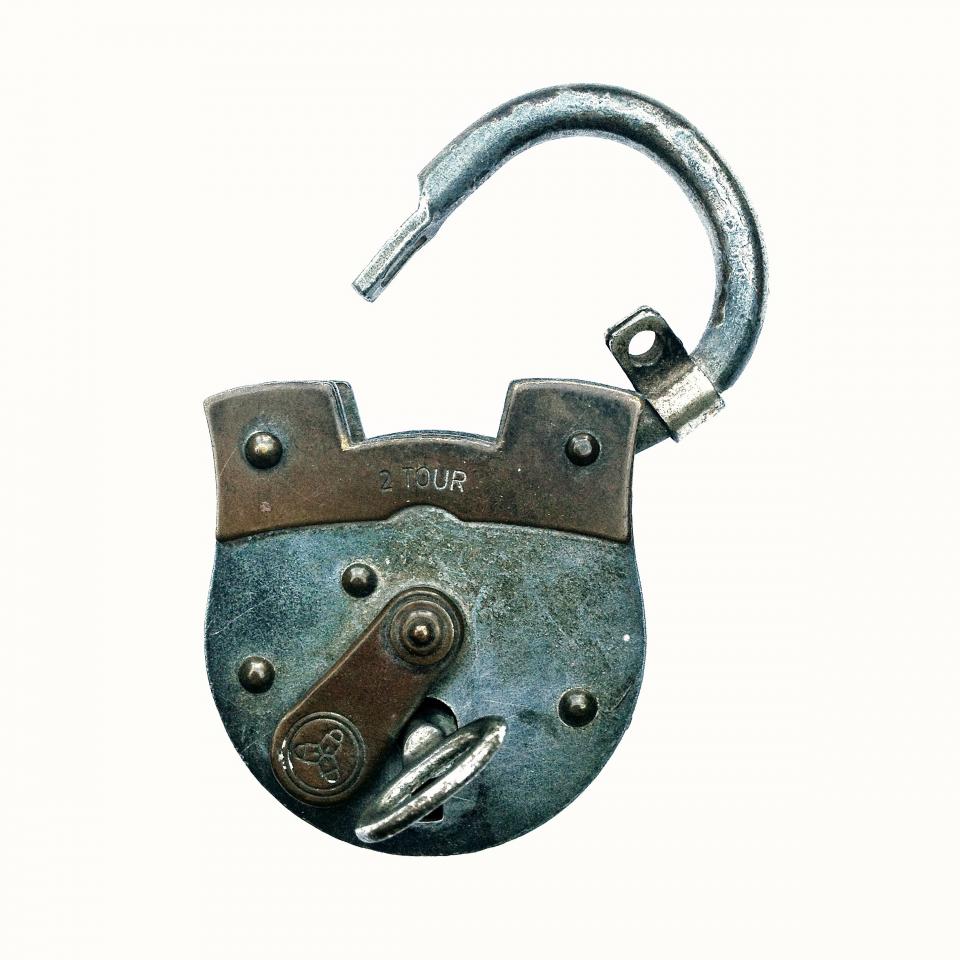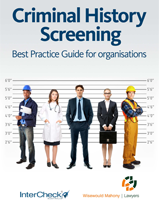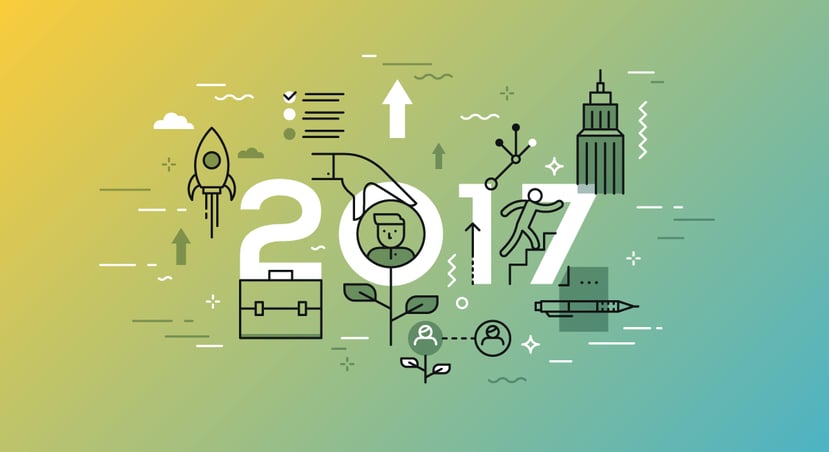 Disruptive innovations are creating new industries and business models and transforming the old ones. New technologies, data analytics and social networks are having a huge impact on how people communicate, collaborate and work. The 9-to-5 grind will soon be abolished. Many of the roles and job titles of tomorrow will be ones we’ve not even thought of yet.
Disruptive innovations are creating new industries and business models and transforming the old ones. New technologies, data analytics and social networks are having a huge impact on how people communicate, collaborate and work. The 9-to-5 grind will soon be abolished. Many of the roles and job titles of tomorrow will be ones we’ve not even thought of yet.
Based on a survey of more than 1,400 Australians, the Whitepaper from Chartered Accountants ANZ and Deloitte Access Economics says two-thirds of early career workers expect their job will not exist, or will fundamentally change, in the next 15 years.
However, It is not as scary as you think when we break it down into 3 biggest fundamental shifts in the next few years.
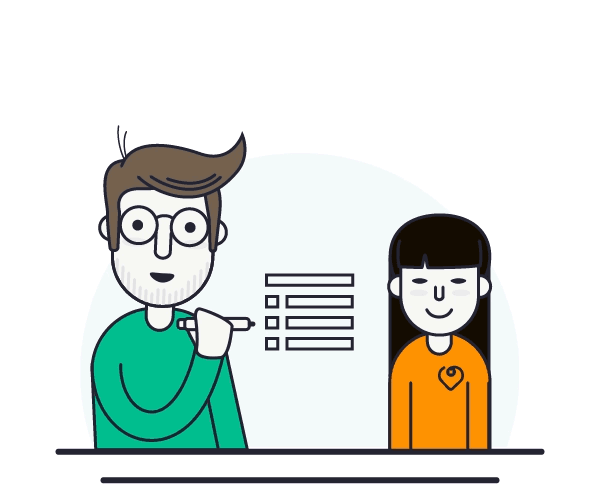
Employee experience is the future of work:
Next year, you will see the walls come down between your HR, marketing and customer service departments to develop experiences for both candidates and employees. A recent study found that nearly 60% of job seekers have had a poor candidate experience and 72% of them have shared their experience on an online employer review site such as Glassdoor.com.
Aside from candidates, employee retention and engagement have become some of the HR's top issues as top talent has numerous employment options and productivity is key to growth
To attract top talent and keep them engaged, you need to continue their learning and development and provide first-class amenities which foster workplace wellbeing.
Companies start to fragment into loose networks of autonomous, specialised operations that based in innovative sharing office space across the world.
The evidence can be seen through the thrive of sharing office spaces across the globe. The most prominent case is WeWork - an American company which provides shared workspace, community, and services for entrepreneurs, freelancers, startups and small businesses. It is said that they will be soon worth more than Snap Inc after the recent $300 investment from SoftBank.
Another example of such movement is Hub Australia where members can learn, build their network and continue their development. From lunch & learns and speed networking events, to weekly running clubs and meditation sessions, having a consistent program of activity gives staff an opportunity to be part of something bigger and love where they work. They also find facilities such as onsite gyms, relaxation rooms and fully equipped kitchens help contribute to the workplace experience and promote employee wellbeing.
2. The Hybrid Workplace: Full-time permanent employees are working side by side with freelancers.
In the 2016 Workplace trends report by Dan Schwabel, he stated that the Gig economy has become a major trend driving the global workforce, and has created a new kind of diversity, with full-time permanent employees working side-by-side with freelancers.Nearly 40% of US workers are now contingent, and platforms like Uber, TaskRabbit and others have made contingent work easier than ever. In Australia, there are more people (87.8%) than ever before are looking for more opportunities to earn extra income in 2017.
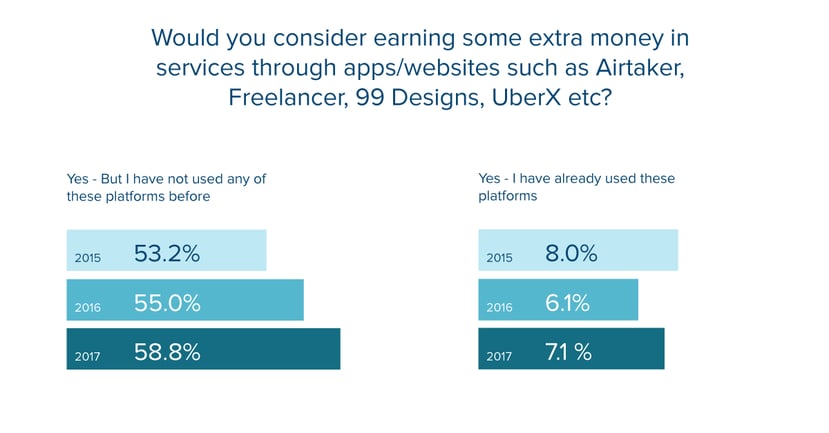
According to Brad Krauskopf, Founder and CEO Hub Australia, diversity in the workplace can be a great opportunity for generating new ideas and accelerating business growth.
At Hub Australia coworking spaces, many members find accessing a diverse network spurs new business ventures, and ideas spring from talking with other members in different industries and roles.

Teams of mixed gender, age, ethnicity and sexual orientation can offer a wider range of perspectives and experience compared to a more homogeneous workforce, which improves overall business decision making and problem-solving.
On the other side, the Hybrid workplace poses some challenges to the HR managers and policy makers as most of the current Human Capital Risk Management is designed for a traditional workplace where 100% of the workers are full time/part time employees.
Most businesses, especially small to medium businesses have neglected to include their freelancers/contractors in their workplace’ policies even though some of them are provided full access to some organisation’s sensitive information or customer’s database. That could lead to a potential risk of data theft or cyber security threats. A revisit on pre-employment screening policy or a risk management auditing is a good place to start for business who are looking to or currently outsourcing external staffs.
Trend 3: The changing role of HR:
Many companies will be too small to have HR hiring teams and will look to technology or dedicated agents to supply needs.
A key challenge is ensuring that the people being hired genuinely have the expertise required or claimed. HR department is becoming more specialised. Many new HR Jobs added in the coming years will require more specialisation and training from human resource workers and job seekers. It’s also going to require a high degree of relationship building and business trust.
Recruitment becomes mainly a sourcing function, including the management of the huge number of contracts and price agreements required for each company’s network of partner organisations. Many businesses will be too small to have HR hiring teams and will look to technology or dedicated agents to supply needs.
People are more likely to see themselves as members of a particular skill or professional network than as an employee of a particular company.
The new HR is about talent management and development. It is not about performance reviews or policies, but it is about building the right culture that facilitates growth.
HR leaders should think about where the business is heading and then tie up the strategy with talent management - also meaning to reduce bureaucracy and lean.
References:
1. https://workplacetrends.com/candidate-experience-study/
2. https://www.inc.com/zoe-henry/wework-could-raise-4-billion-soft-bank.html
3. https://www.forbes.com/sites/danschawbel/2016/11/01/workplace-trends-2017/#1a1582f456bd
5. https://www.airtasker.com/future-work/2017/
6. http://www.hubaustralia.com
7.https://www.charteredaccountantsanz.com/-/media/0b3523d9487a4edbadfae24adf250722.ashx



